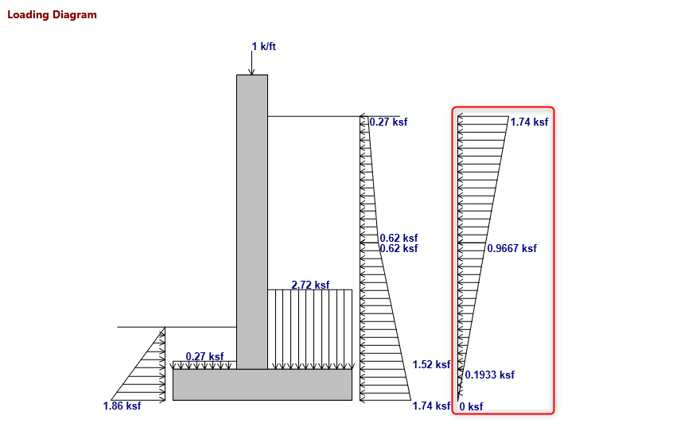
April 5, 2018
Seismic Load Consideration for Retaining Walls
RISAFoundation has the capability to consider seismic loading for retaining walls.
Powerful Tools Don’t Help If They’re Left Unused Many engineers evaluate analysis software based on core modeling and design checks. But once a demo is over, some of the most impactful features are the ones that quietly save time on real projects — especially mid-size jobs where efficiency matters most. These aren’t advanced edge-case tools. They’re everyday features that often go underused. Diaphragm Forces: See Load Paths Instead of Guessing Diaphragm force output is one of the most valuable — and least leveraged — parts of a full building model. Instead of relying on manual distribution or conservative assumptions, engineers can directly see how loads are flowing to vertical elements. For mid-size structures, this clarity can mean: Fewer overdesigned collectors More confidence in lateral load paths Faster review and revisions when layouts change Batch Results: Review Smarter, Not Longer Batch results allow engineers to review multiple load cases, members, or design checks in a single pass. Instead of hunting through individual reports, patterns become obvious quickly. On mid-size jobs, this speeds up: QA/QC reviews Iterative design changes Comparing “before and after” scenarios It’s not about skipping checks — it’s about seeing the full picture sooner. Design Iteration Speed Is the…
Read More

RISAFoundation has the capability to consider seismic loading for retaining walls.

Now available in RISAConnection v8: the ability to design a Two-Sided Shear Connection. Building from our existing one-sided shear connection (for column/beam & girder/beam), this connection now offers the user a powerful tool to provide clip angles to both sides of the column or girder web.
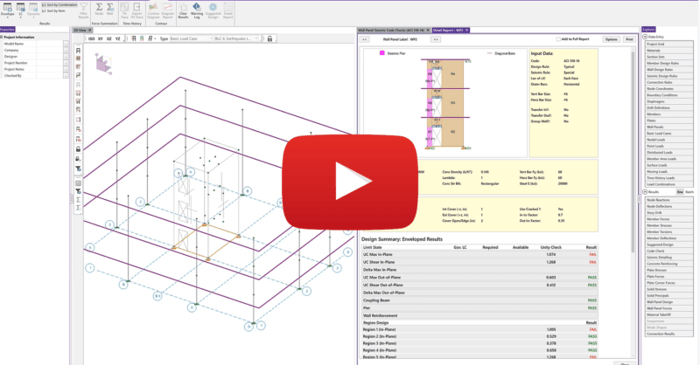
In RISA-3D we now have the ability to design concrete shear walls for seismic forces.
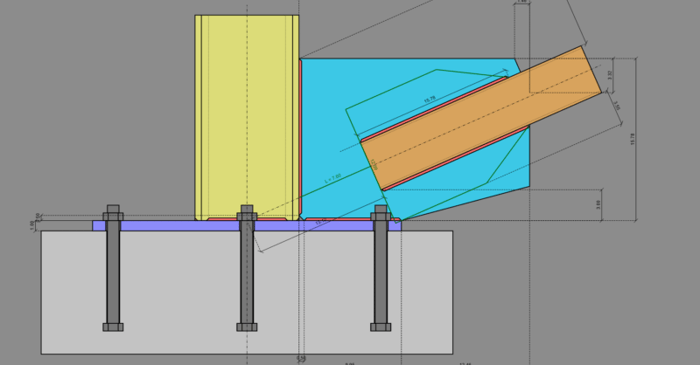
You may now design a Brace to Column Base Plate Connection in RISAConnection v8. This connection type combines the original single column base plate with a gusset from a connected vertical brace member. The connection allows tapered or rectangular gussets that frame into either the column flange or...
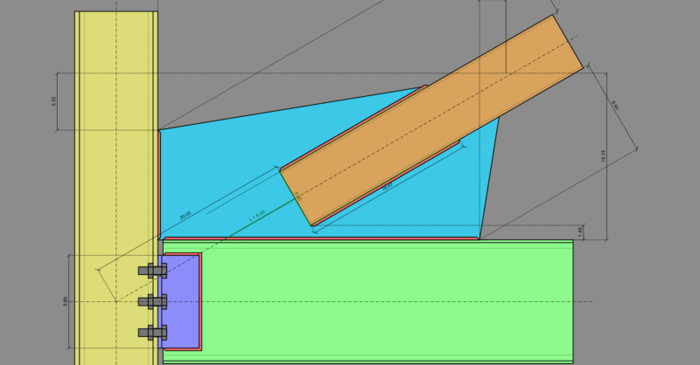
In RISAConnection v8, you may now design a Knee Brace and Diagonal Brace with a tapered gusset plate. One of the greatest benefits is the decreased size of a brace gusset plate by manipulating the fold line location.
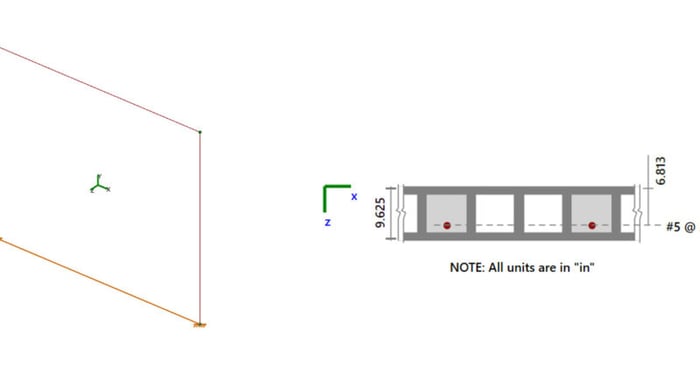
In RISA-3D we now have the ability to:
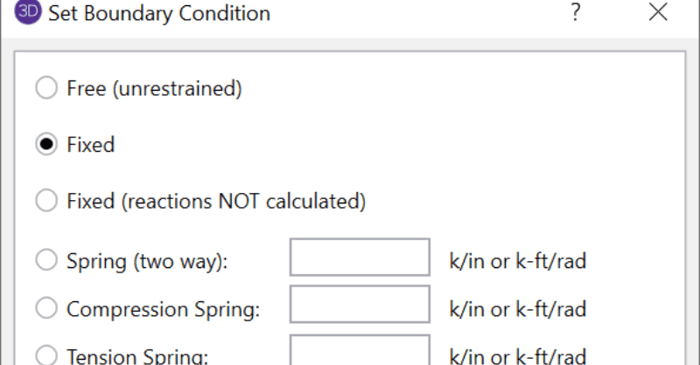
In RISA-3D, you can define a boundary condition as Fixed (reaction will be calculated) or Fixed, (reaction will NOT be calculated).
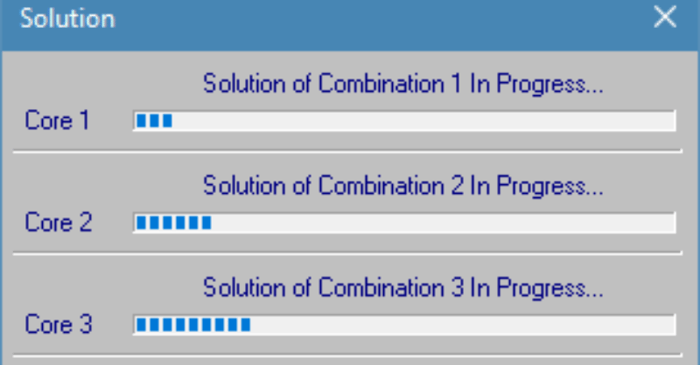
We are proud to introduce drastically improved solution times in RISAFoundation version 10.0. This version was updated to include multi-threading/parallel processing capability which will allow it to take advantage of multiple core processors which are becoming extremely common on the market today.
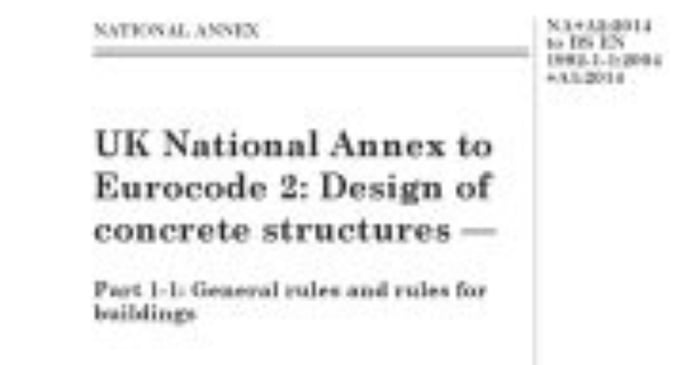
The BS EN 1992-1-1:2004+A1:2014 has been implemented in RISA-3D version 16.0 and RISAFloor version 12.0. To select this code for your design, simply open the Model Settings and under the Codes tab select BS EN 1992-1-1:2004+A1:2014 for concrete:
Our monthly "Structural Moment" newsletter is the best way to keep up with RISA’s product updates, new releases, new features, training events, webinars and more...